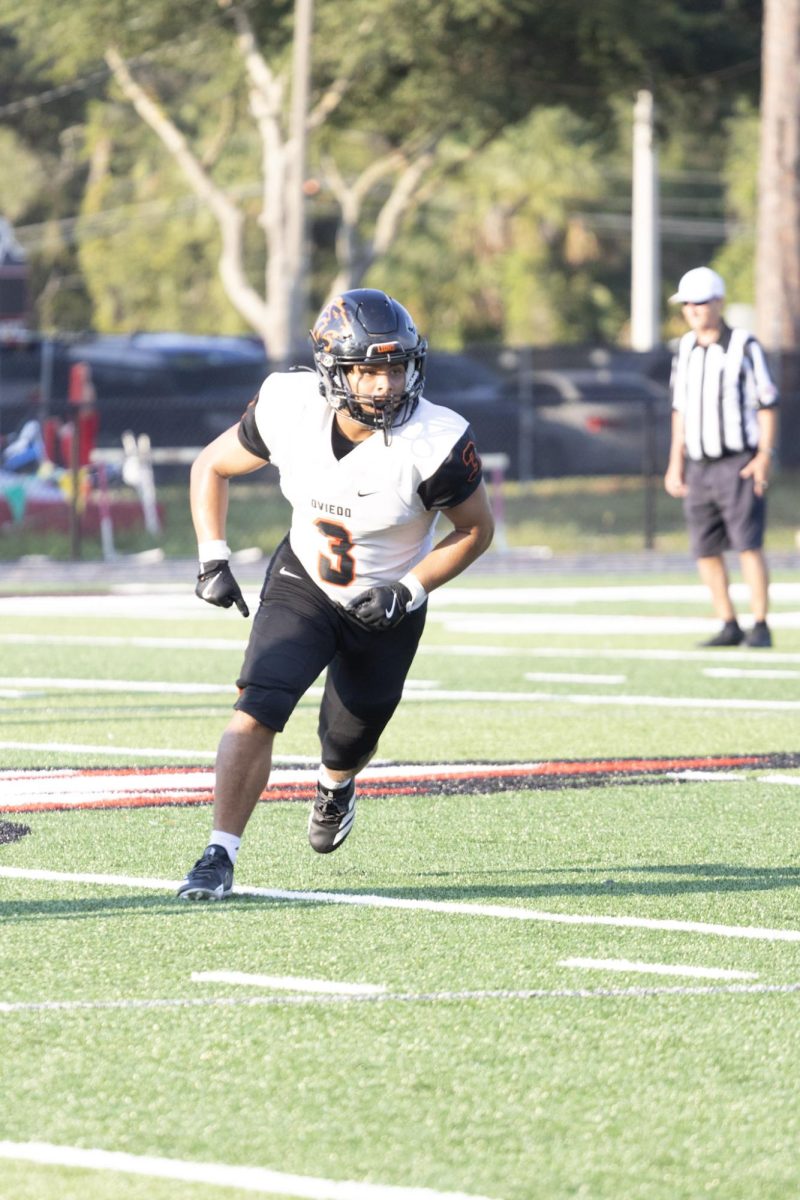In a warmly lit room, the smell of buttered popcorn and hot chocolate permeates the air as a diverse group of students cluster around, giving rise to occasional quiet or (at times) loud discussion over Black films, literature, or the historical significance of a scene on TV. The Vice President of the Black Student Union (BSU), junior Ebony Brown, flits around the room, helping tie friendship bracelets. Meanwhile, President senior Natalia Almendarez’s laughter rings clear over the fragments of conversation. From this small peek into the day-in-the-life, the club’s accommodations and bright smiles are the glue to the backbone of one of the largest minorities at Oviedo High School.
The club’s sponsor, Kimberly Finnegan, points out that Brown and Almendarez contrast heavily in skill sets, however, their complementing personalities round out their perspective and ability to connect with club members.
The two leaders also have remarkably different reasons for deciding to join the club. For Brown, it was the people and connection.
“My brother inspires me. He was the president of BSU last year. He made it look very fun and something that he liked to do. I decided to try it out for myself,” Brown said.
As for Almendarez, it was continuing to uplift the principles that BSU stands for. As someone who had actively enjoyed participating in the club’s festivities, it only seemed right for the student to assume their current position.
“Sometimes school isn’t a safe space [and] sometimes home isn’t a safe space,” Almendarez said. “BSU is a place that you can come and be yourself and feel like you’re actually appreciated and heard and understood.”
The environment cultivated by its leadership (both current and previous) clearly has had some positive effect, as students are coming back and spending time to make friends.
“People who usually wouldn’t look like they are friends are friends now because of [the club],” Almendarez said.
And it is in part thanks to Almendarez’s persistence that the club has flourished. Originally beginning with their friends wanting to hang out, Almendarez quickly got them to become regular attendees of the club, eager to participate in club activities.
“[Regarding Almendarez] You’re always trying to get people to join the club, and I think that keeps the club alive. You try to involve as many people as you can,” senior Johanna Rosich Echevarria said.
But all of this becomes apparent when met with Almendarez’s attitude to their job as the head of the club. They are unafraid of voicing their goals for the club, and know how to take charge when need be.
“I just have a very big personality, and I have a big voice, and I know what I want,” Almendarez said.
Finnegan agrees with Almendarez’s claim, describing what their personality brings to the table.
“She’s the bigger presence… and worked with people as a large group to bring them together… Her role is really as the face of the club, as the spokesperson,” Finnegan said.
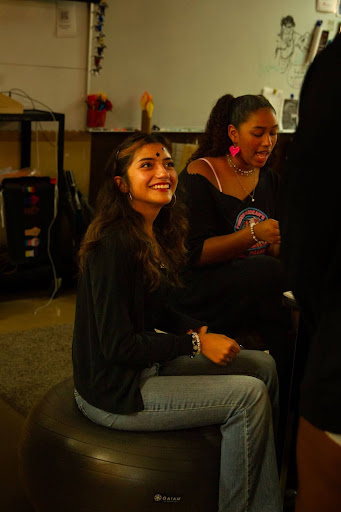
Rosich Echevarria, who helps ensure students are aware of events on social media, sums up the President’s leadership skills and how it allows the social media manager to depend on them, which enriches their friendship and their ability to be a team.
“If she has a goal set for BSU, I know for a fact it will be done,” Rosich Echevarria said.
The Vice President, however, starkly contrasts in their approach to being a leader. They seem to have a quieter nature, catering more specifically to smaller groups and coordinating things behind-the-scenes, comparatively to the exuberant energy of the President. However, Brown manages relations with other student associations, which allows the Vice President to be more on the ‘front lines’ and direct with their leadership to the student public.
“She’s on the Inter Club Council, so that’s kind of her area of expertise, and they work together to bring things to the club that the club members want to see and would like to participate in,” Finnegan said.
But of course, with this required cooperation, there are still some hurdles to overcome. Brown and Almendarez must come up with solutions that maximize their benefits to all types of people and with that, Brown explains how they overcome these issues.
“So when she has an idea and I have an idea, and maybe they both don’t work so well together, we try to find a middle ground. That’s how we help each other,” Brown said.
Personally, Almendarez notices the challenges there are with being a firm leader. Sometimes, being in charge requires one to put their foot down, especially when it comes to steering the club in the right direction.
“I can come off as very pushy, and some people say that I’m bossy. But I’m also just trying to get things done so that we can actually work towards our goal,” Almendarez said.
The club’s social media manager explains the development of the President’s leadership throughout the year, noting this “bossy” attitude as a sign of strength.
“You were a bit more of a shy leader [in the beginning]. You weren’t used to your role, but I think as you’ve grown more into the role, you’re definitely a lot more assertive with what you want in the club,” Rosich said. “I feel like now you’re pushing the club to be what it’s supposed to be.”
As the sponsor explains, Almendarez always has an ear open for suggestions and improvements they could make from members of the club. Almendarez wants to create a safe space for Black students and those interested in Black culture, where they are as much a part of leading the class as they are, so naturally, feedback is essential to continue the club’s success.
“Nat is very conscious of making sure that she’s reaching those needs. She just put together a survey recently that went out to all the members to find out. Know what other things do you want to do with the club,” Finnegan said.
One step of inclusion is listening. Their “big personality” proves an unworthy opponent of their dedication to the club, since Almendarez clearly values all the members and longevity of BSU by allowing their voices to be heard, and always coming up with more ways t
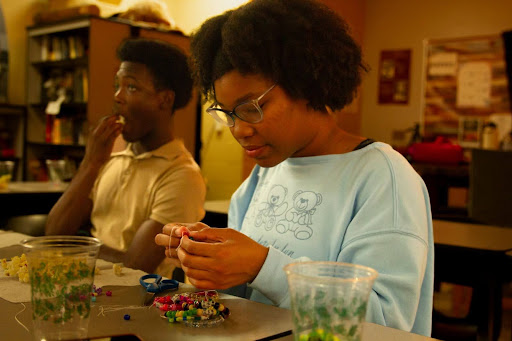
o further promote the circulation of ideas within the club.
“I would say just me being more social with people who maybe aren’t social or people who have different types of ideas in the club. I always listen to what anyone has to say,” Almendarez said.
Almendarez is not the only one with an eye for the people within the club. Brown also ensures that all students in the club feel like they belong and are in the right place.
“More people are starting to open up and talk more and get more interactive with the group, and we just make sure that even if you’re not communicating, that we’re still here for you,” Brown said.
Even the President admits BSU has allowed them to open their eyes. With a fresh perspective on the individuals on campus, Almendarez has formed a deep connection with the values that bring people in each year.
“I think it’s allowed me to understand how people will think differently than I do, and like it should be respected as such,” Almendarez said. “Every person in that room should be respected as much as I am respected…and you need to understand them. It’s helped me mature overall.”
Part of this respect is realizing that the BSU wants to promote inclusivity—for everybody, regardless of race. Its true purpose is to allow the mixing of cultures beyond Black identity, which the social media manager’s role in the club is evident of, despite their non-Black heritage.
“People think that just because it’s called the Black Student Union, that means that it’s only a club for Black people. We are not allowed to do that, nor do we want to do that. It’s open for absolutely anyone who wants to join and who’s willing to put themselves out there and welcome with open arms,” Almendarez said.
As a club that represents a minority, it would go against their motto to purposely exclude others, especially based on race. Brown mirrored these thoughts.
“We make sure to let other people know that it’s not just for Black students, and we also have other people invite their friends and their other friends, and it’s just been a lot of different people, different races [here],” Brown said. “We just make sure that everybody feels welcome and nobody is left out.”
Finnegan admits the importance of culture- and history-centered clubs, in general, here at Oviedo. Being around people with similar heritage, similar experiences is what puts the union in the Black Student Union.
“I think that’s the biggest offering you can do with any club: to offer a place for kids to be seen and be around like-minded individuals that can empathize and share experiences with each other,” Finnegan said.
Despite being a club founded on race, its entire purpose is to break away these barriers, filter out metaphorical pond scum to reveal clear water reflected beneath. Almendarez explains what this rippling blue means to them.
“You don’t have to look a certain way for someone to treat you a specific way. You don’t have to try and cover your true self up so that you can make friends. Diversity is important so that other people can realize that it’s good to be yourself, and it’s okay to be who you are,” Almendarez said.
Obviously, Florida is not new to being a ‘melting pot’, so it is no wonder why the BSU and countless other organizations exist, especially discussing the effect of cultural enrichment.
“Everybody deserves the same treatment, especially when you grow up in a place as diverse as this.” Rosich Echevarria said. “I think it’s very important to include that in a school, because sometimes people forget about how nice it is to know of different cultures and backgrounds, and how much you can grow as a person by knowing that.”
The Vice President echoes the importance of an individual understanding of their background, citing how knowing more about your background can help pave the way for a better future.
“[We] make sure you know it’s very valuable for your future. Because if you don’t know your history, then how can you further build your knowledge?” Brown said.
The world and its politics are constantly changing. With that, the BSU must talk about both the value of Black history, but also the impact of current events on Black youth and what the future will hold.
“We’re definitely going to have to start talking more about, like current events in the world, laws that are being passed, and stuff that definitely affects how people of color, and the youth especially, get to go on forward,” Almendarez said.
Despite existing for only a few years, BSU has cemented itself into leaders of groups on campus. Along with other clubs, such as the Asian Student Association (ASA), Spanish Club, the Latina Women Club, and the Jewish Student Union, the Black Student Union is a big part in coalescing discussions of identity and movements towards action.
“[BSU is about] understanding how to get a voice, and then how to use it properly in conversations that may or may not be positive,” Almendarez said.
The student organization is not just about creating a voice, but about retaining it for future conversations of social justice or systemic change. Now, it is beginning to further open this avenue for its members.
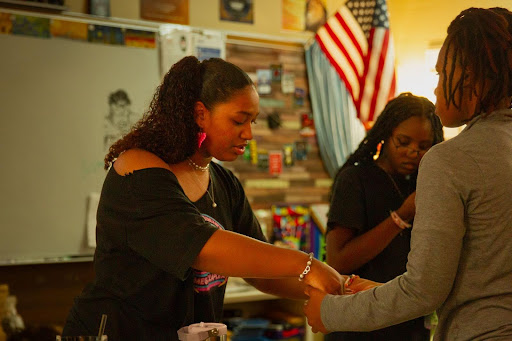
“I think that’s an important message for them to have that they can be in charge of their own destiny, that they can have control over their own story.” Finnegan said. “[When we were] watching The Color Purple, they were just so involved in the characters, and I think that is kind of a way to open the door to get them to discussing things in real life.”
As in regards to an activism-based approach, the group is inching its way to participating more in their community. Some of the items on the itinerary this year are the MLK March and the BSU-sponsored Jamboree, along with other Black History Month activities.
“That’s really important for a group that can often be marginalized, that they feel that they have a voice and being able to give that to them while they’re still in high school. It can only serve them better when they graduate, and they already have that voice,” Finnegan said.
But change does not just start at activism within the Black community, it starts with help from those outside that. According to Brown, non-Black communities stepping up to embrace and acknowledge other cultures might be the key to continuing the pursuit of diverse and accurate representation.
“You can know your Black history, but that doesn’t mean you have to be Black,” Brown said.
BSU and its leaders recognize how change first occurred within civil rights leaders: by working together as one force for change. While the club may be at its beginnings for considering a path leading to more direct activism, its leadership plays a vital role in how the club will stride forward in years to come.
“I feel like when you have unity, you’re able to create a change. You’re able to create a power together, [rather] than [being] separated,” Brown said.

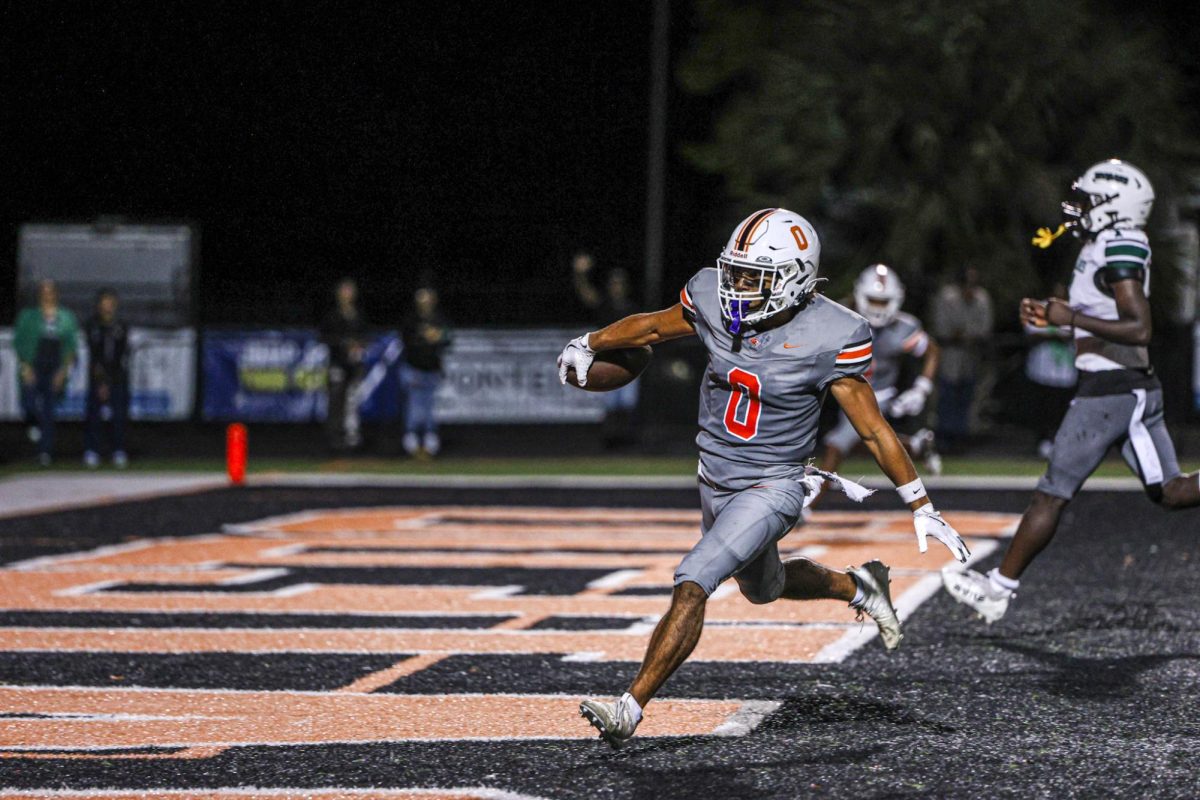
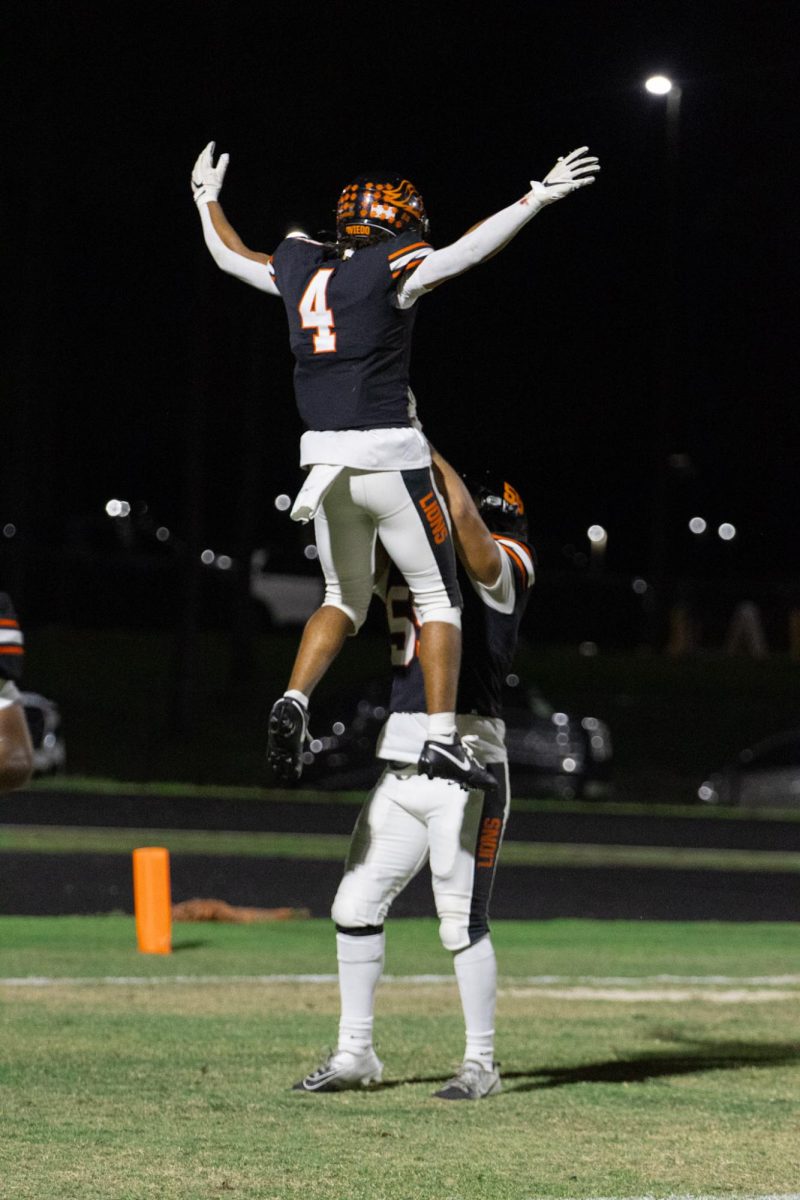
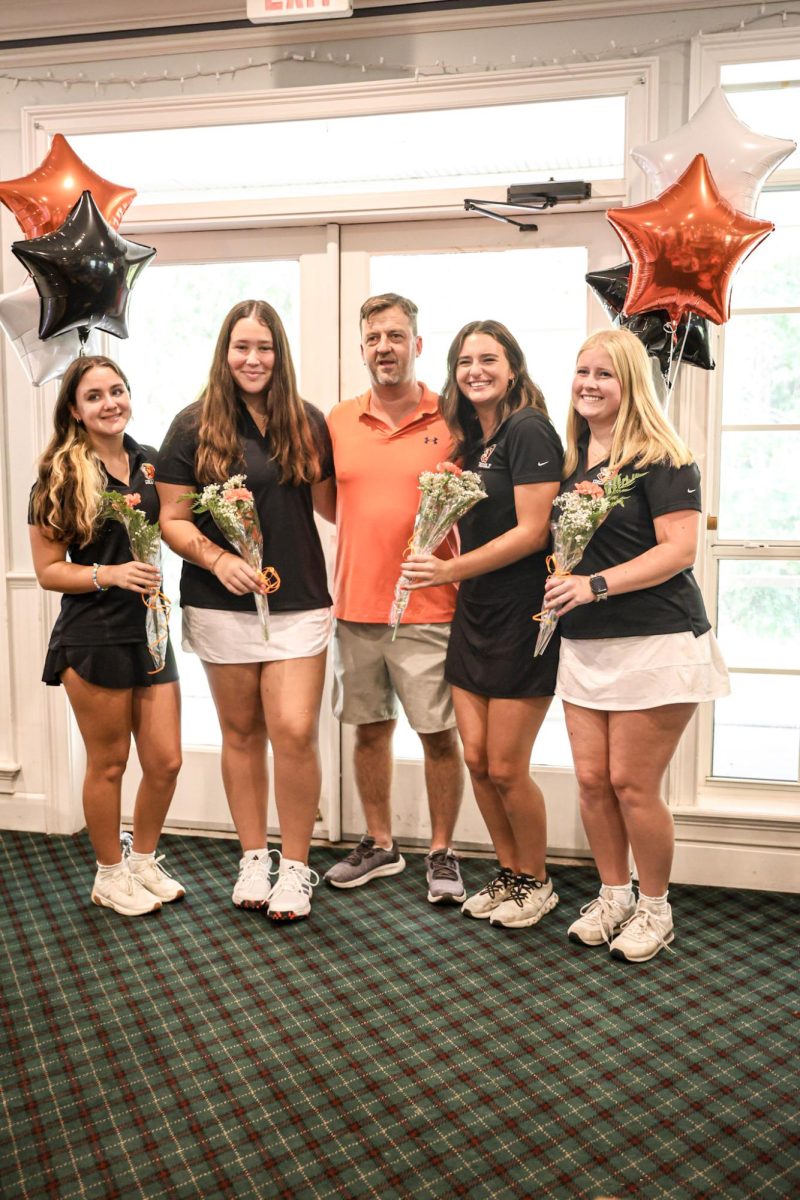


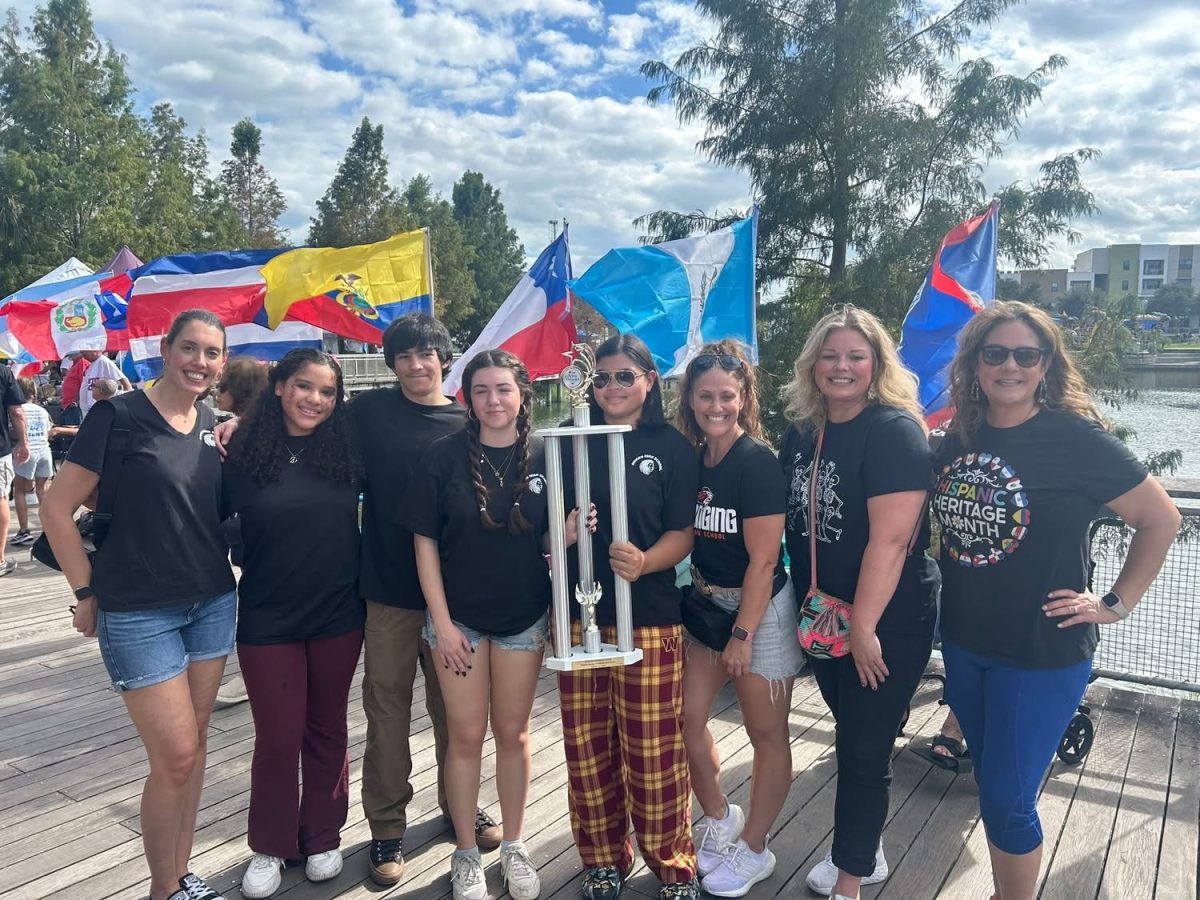
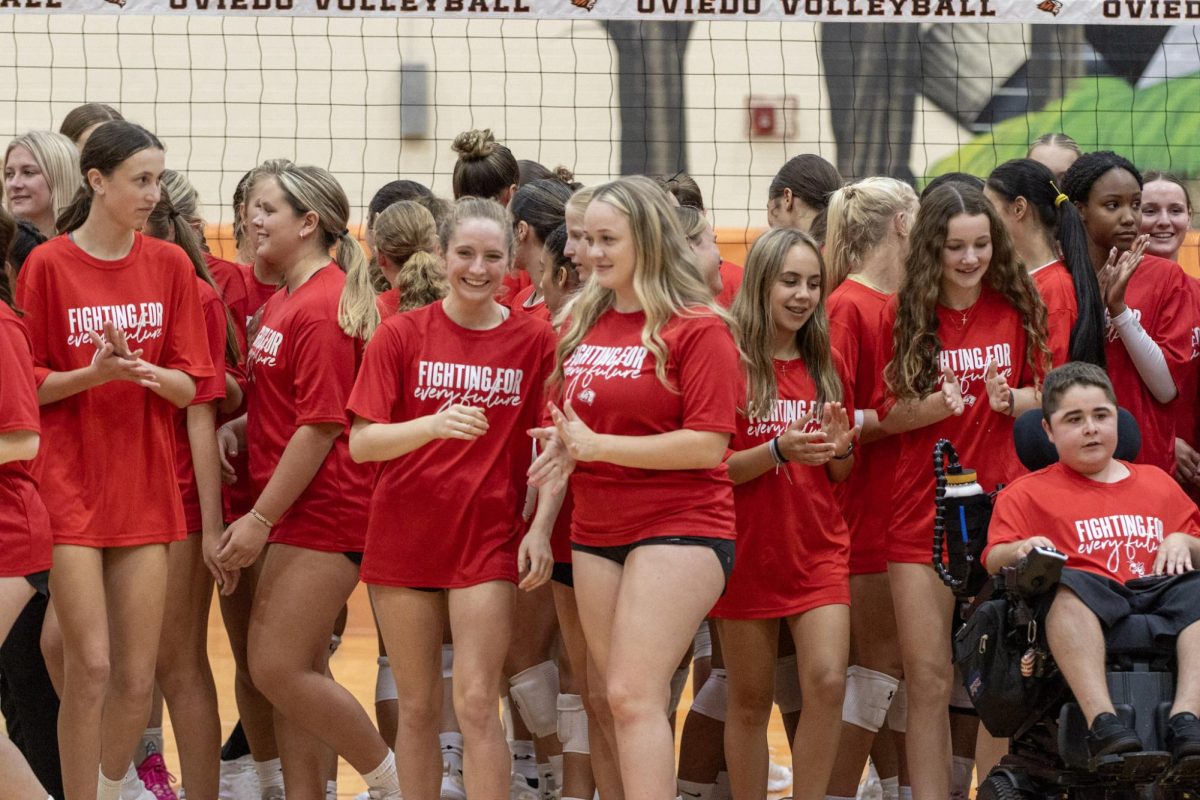
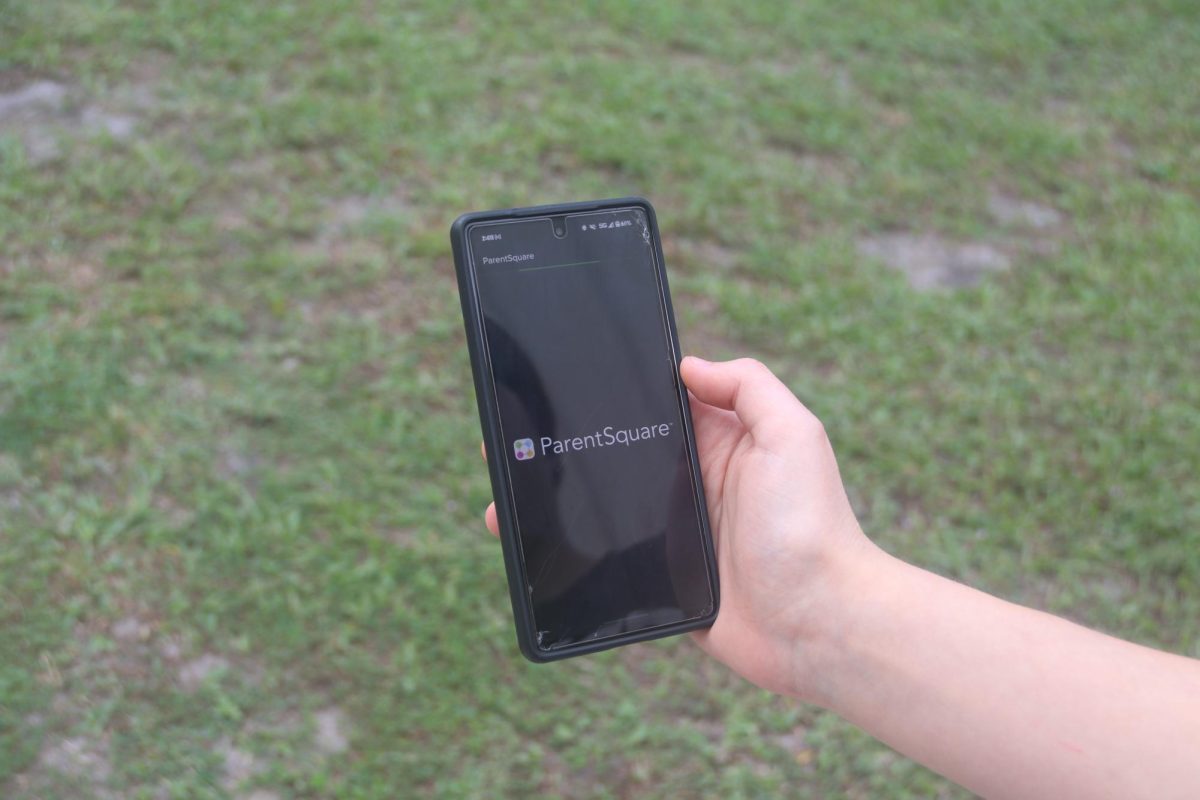
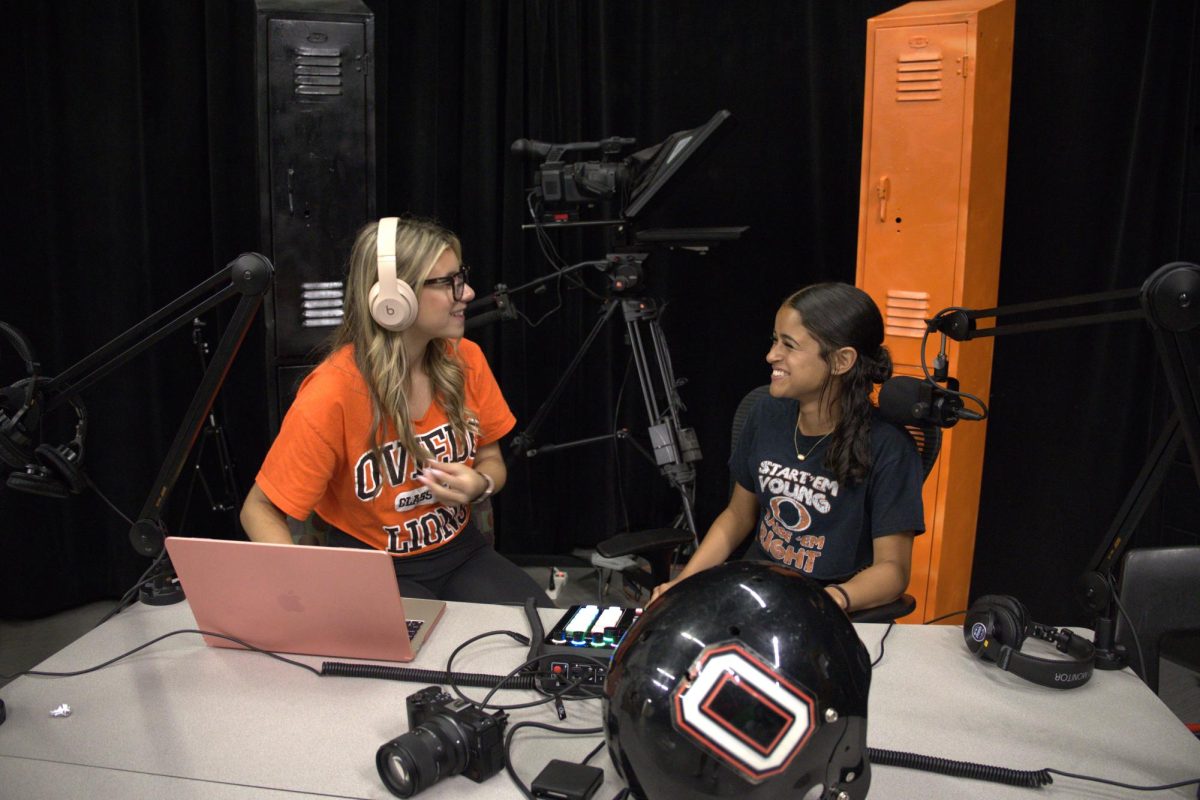
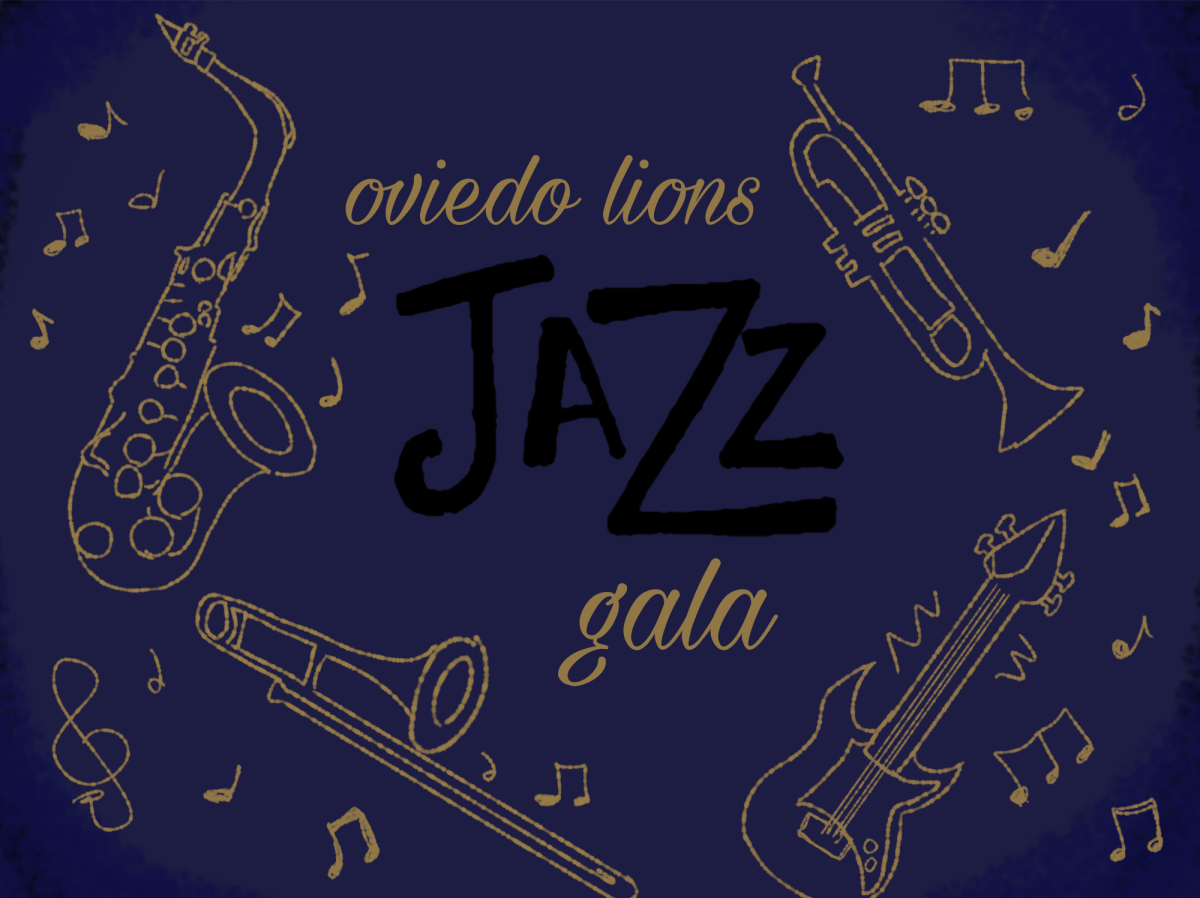
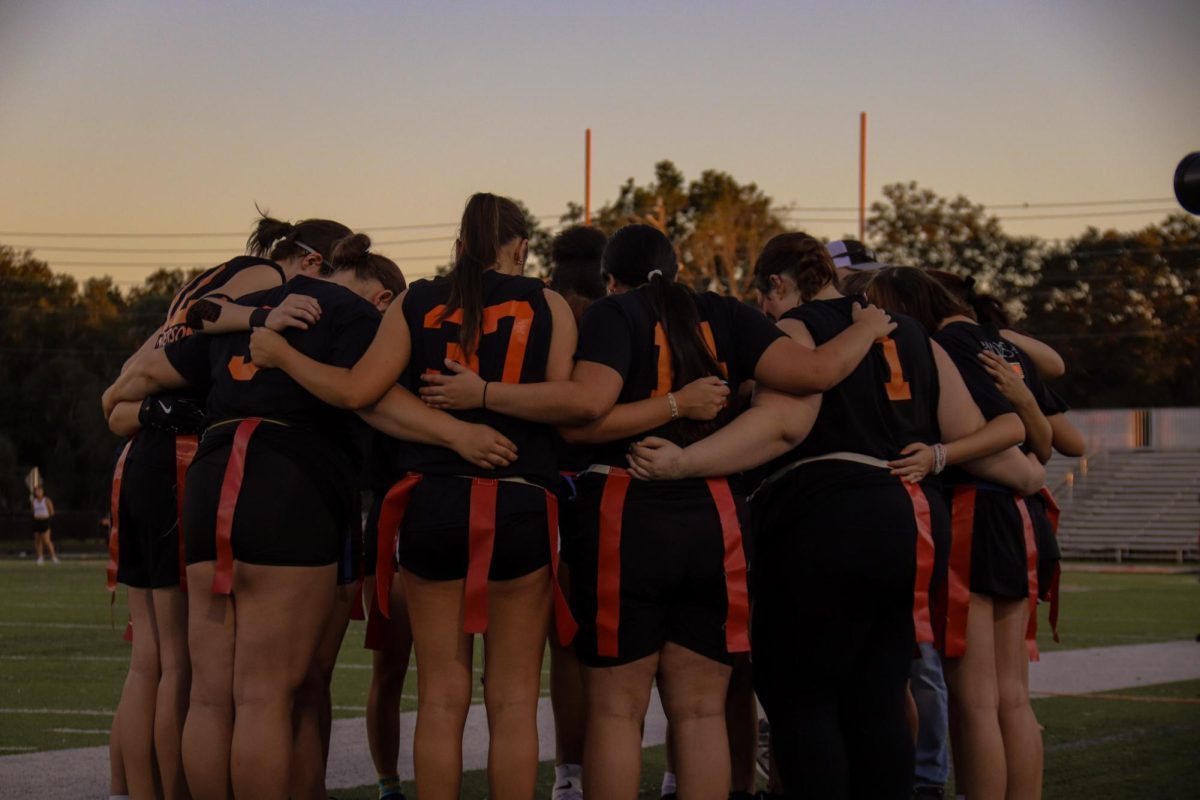
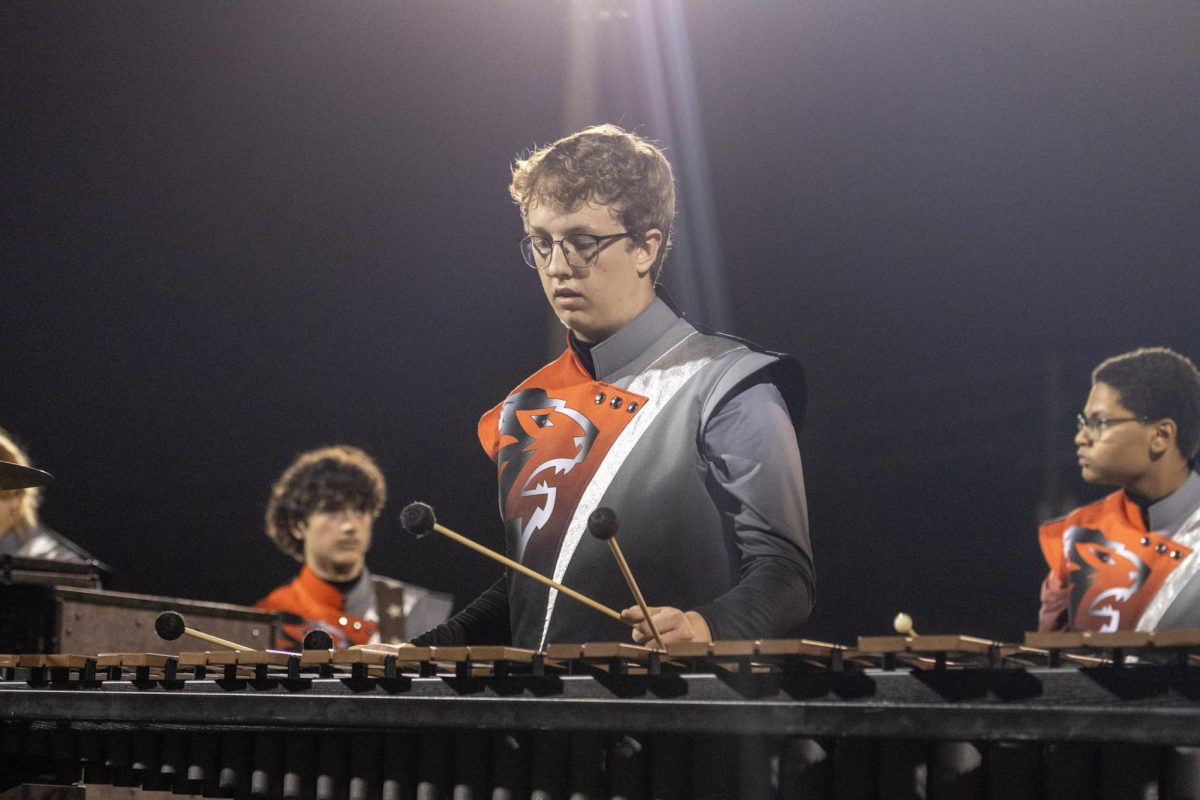
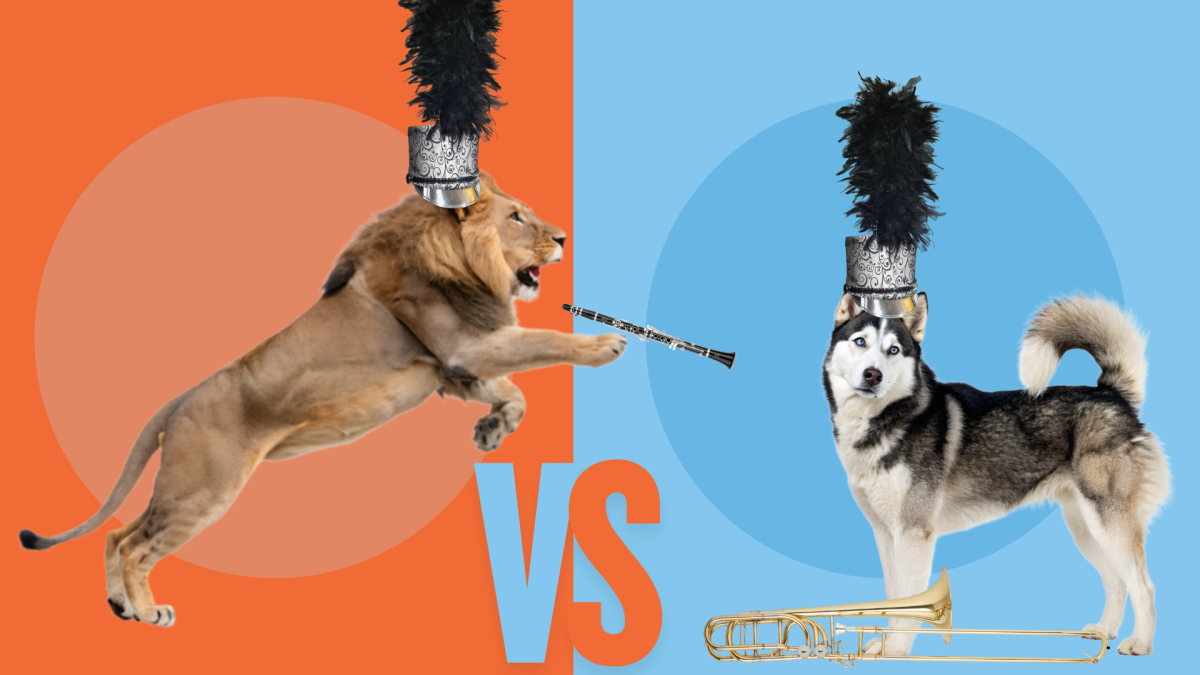
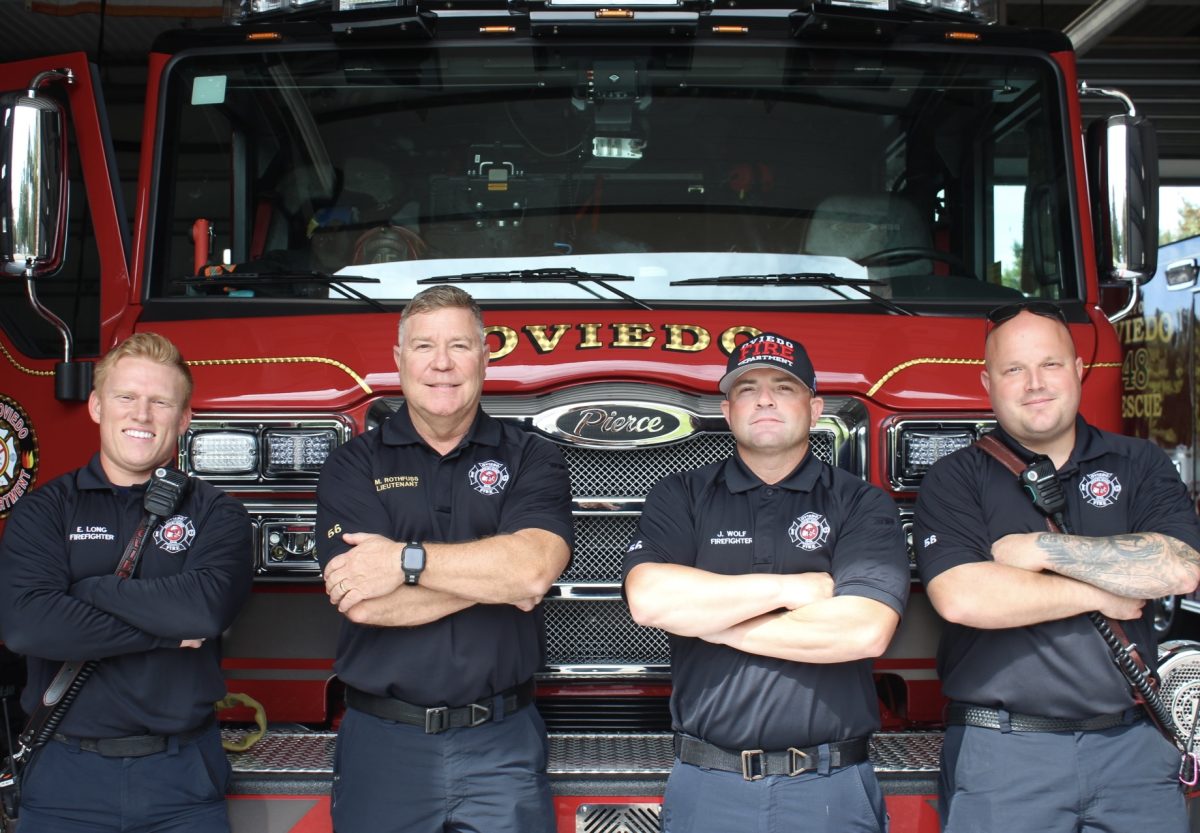
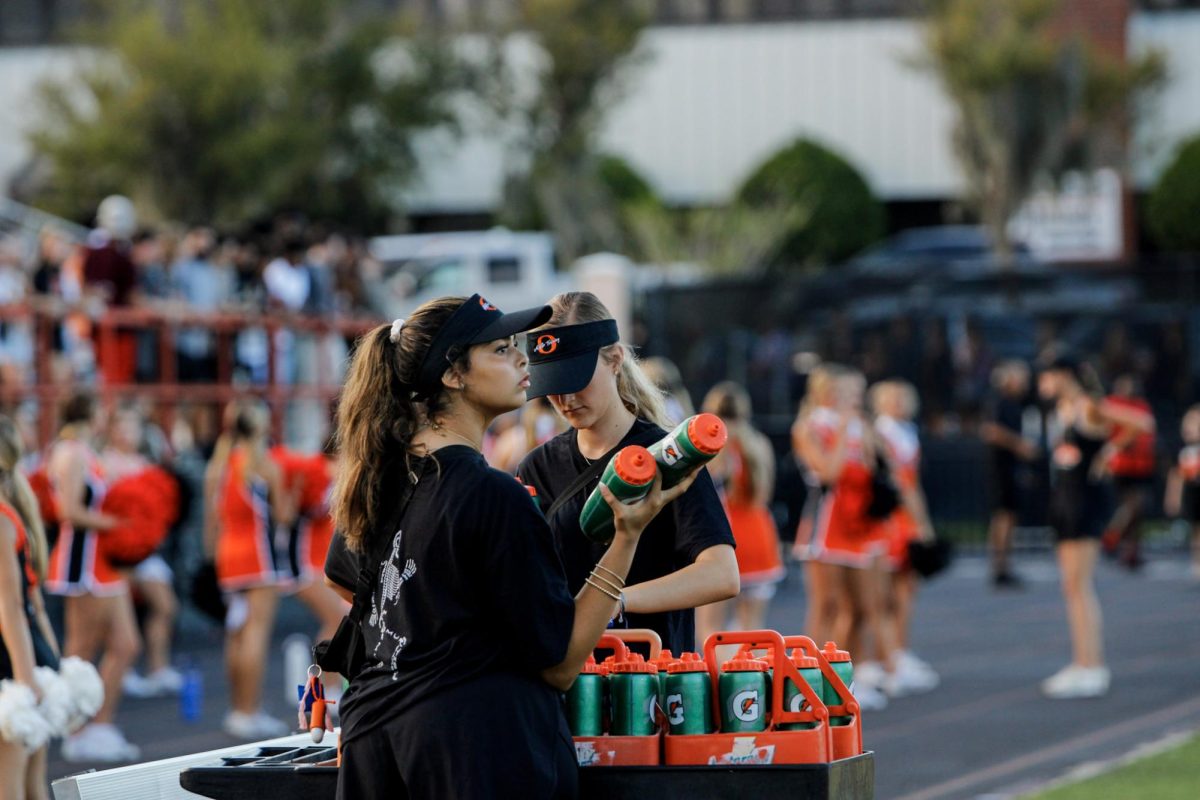

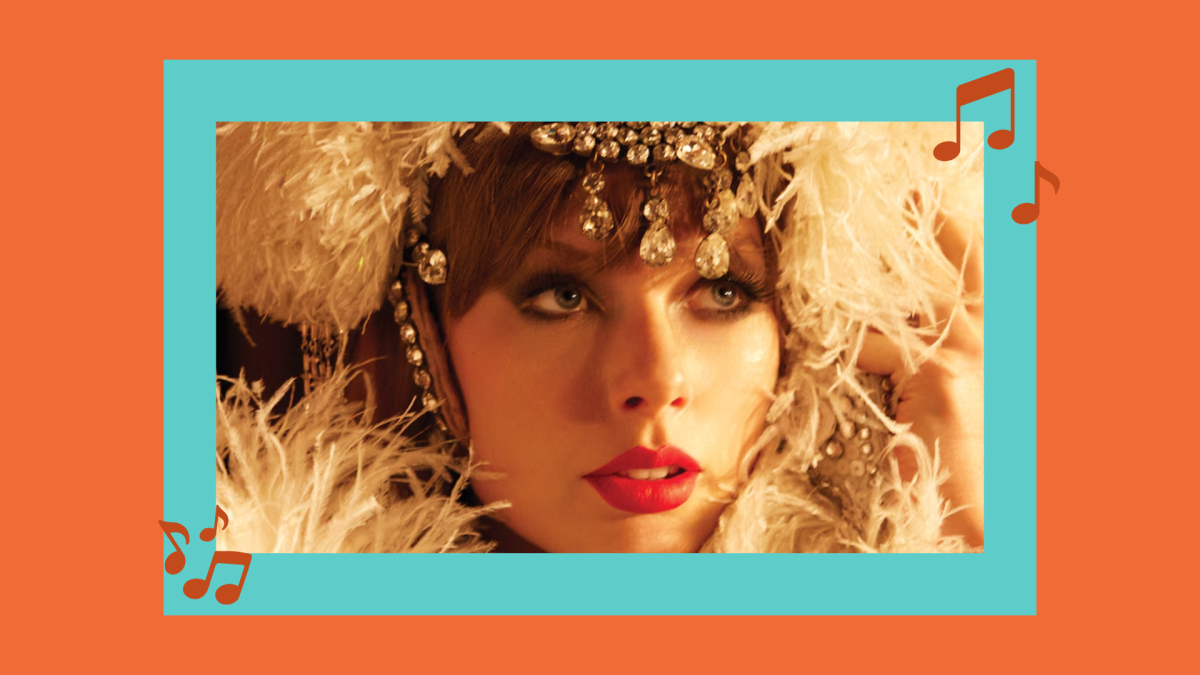


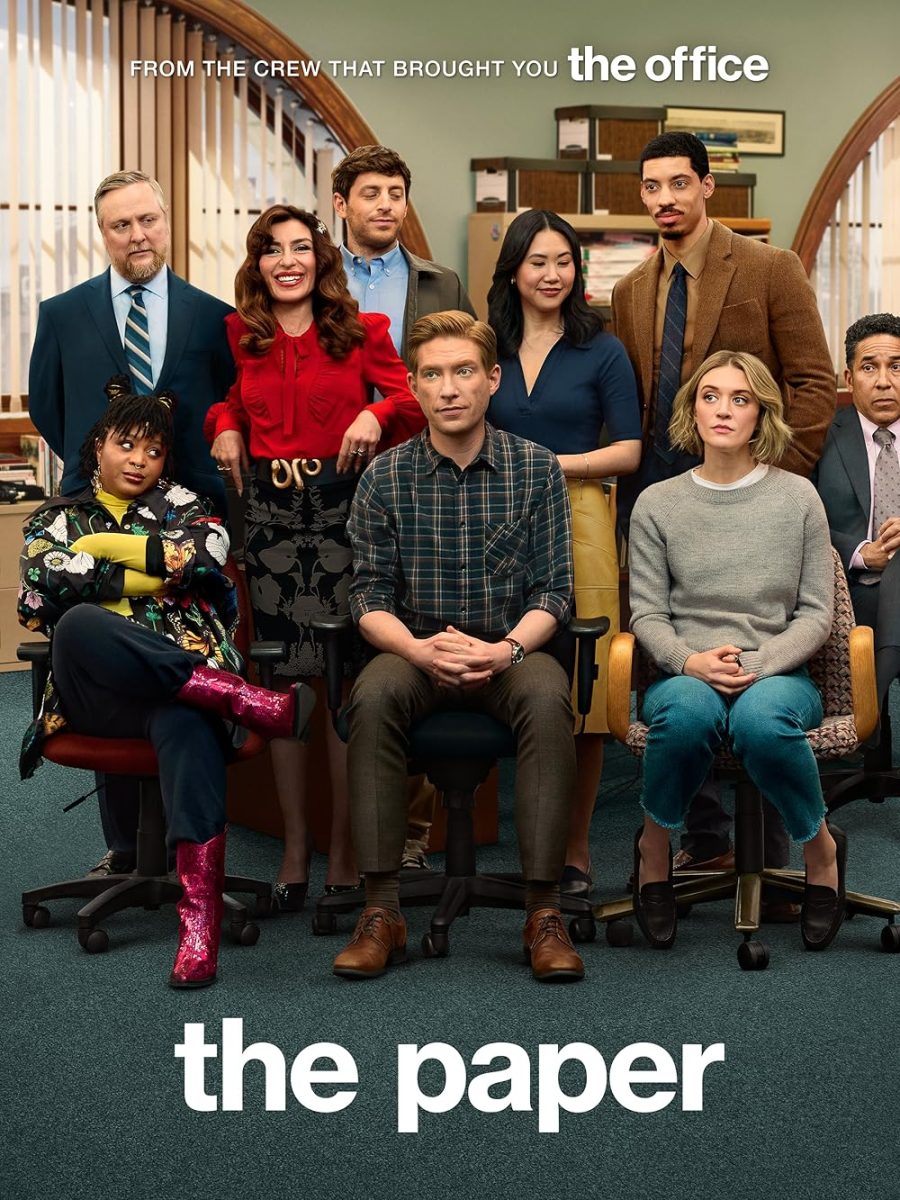
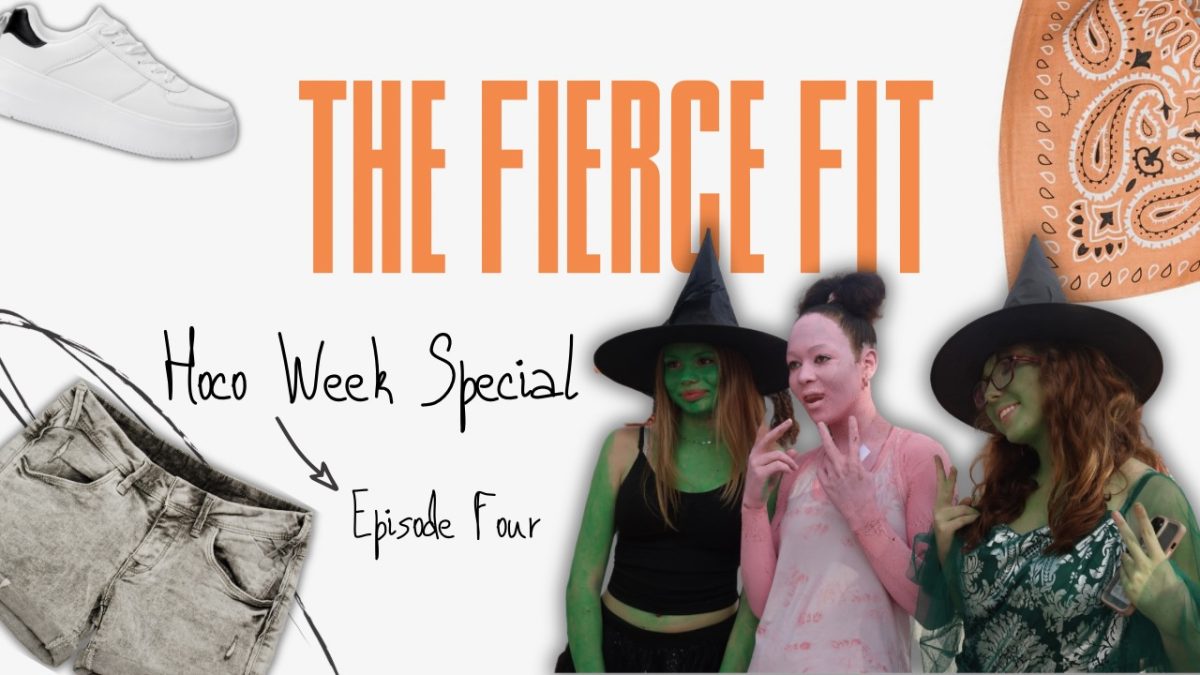
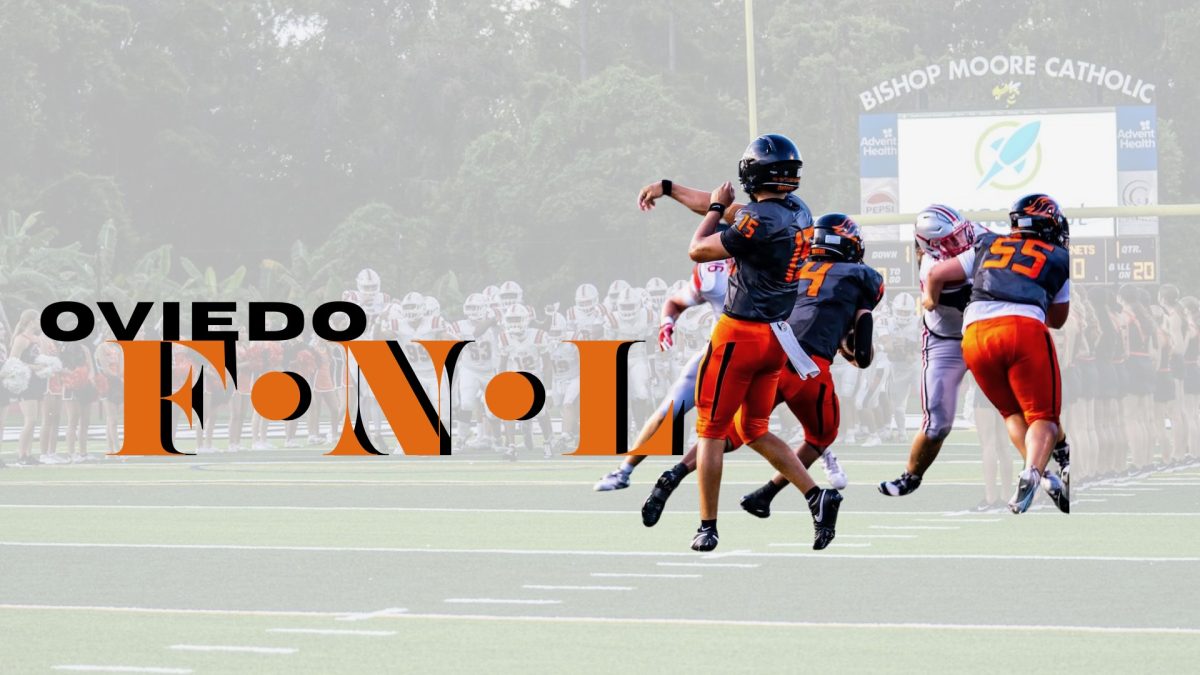


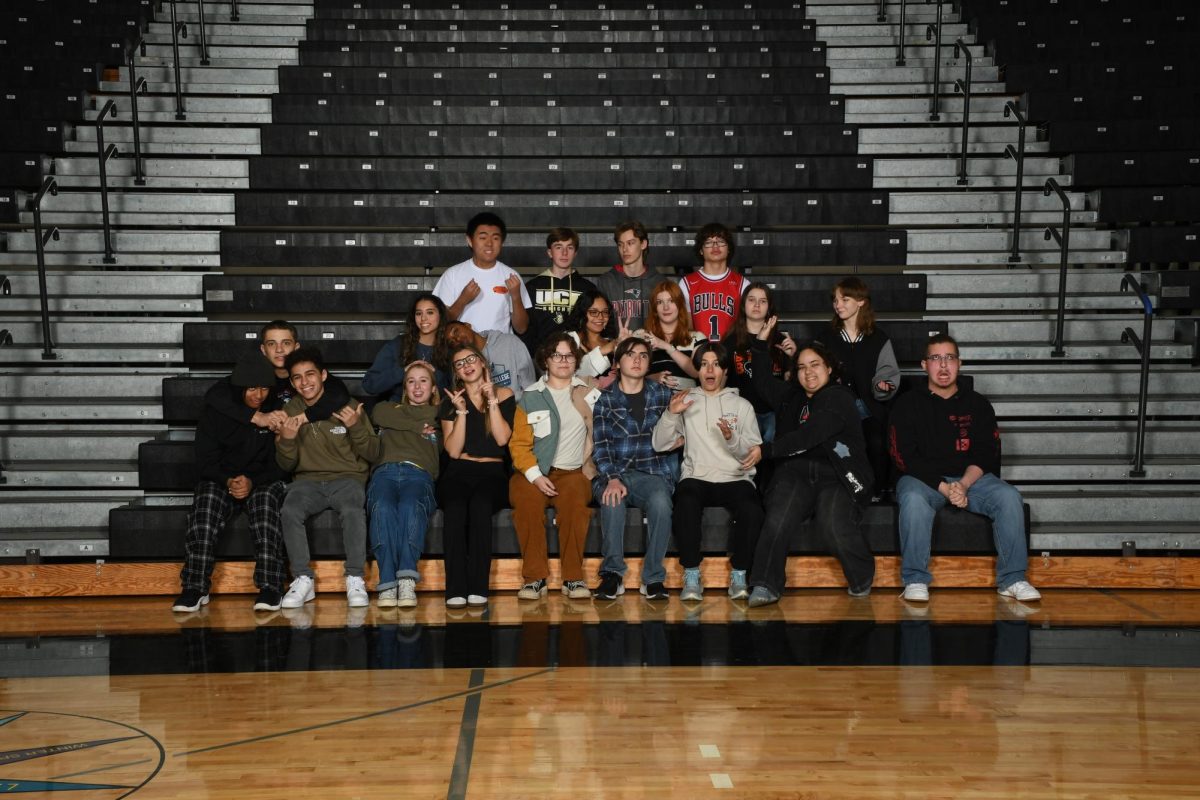
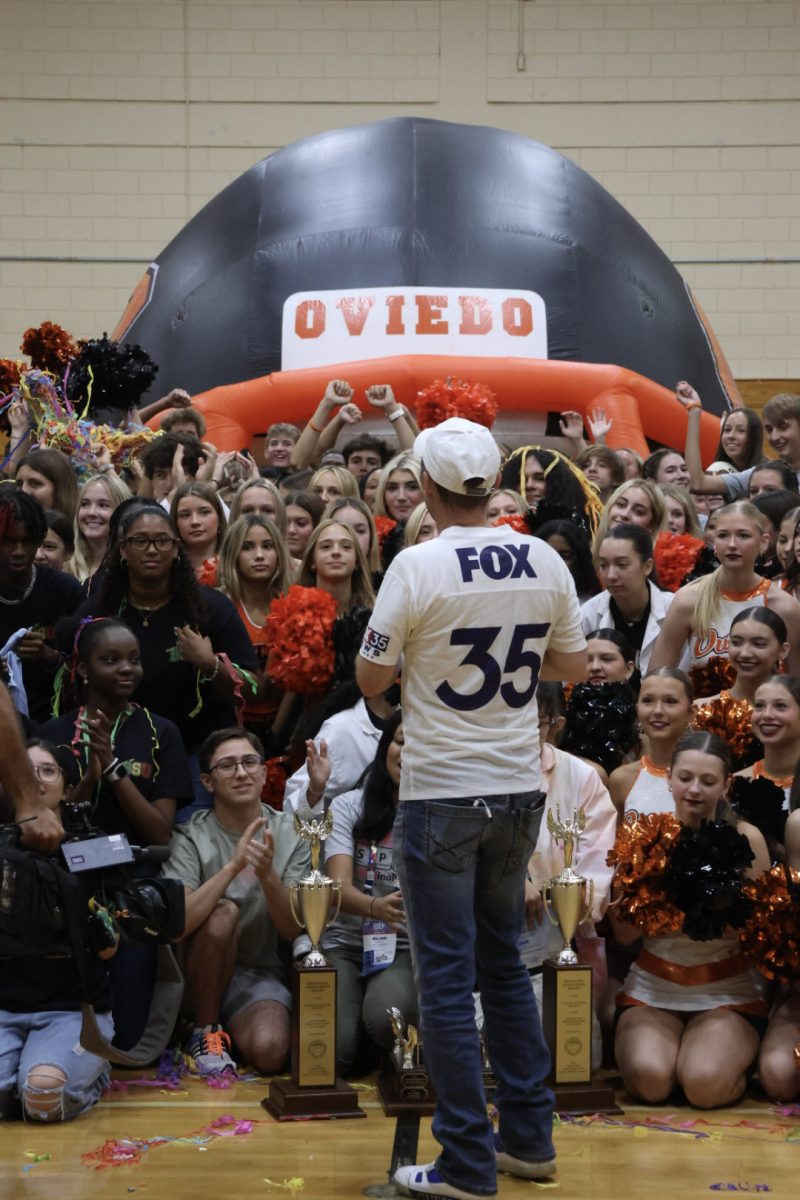
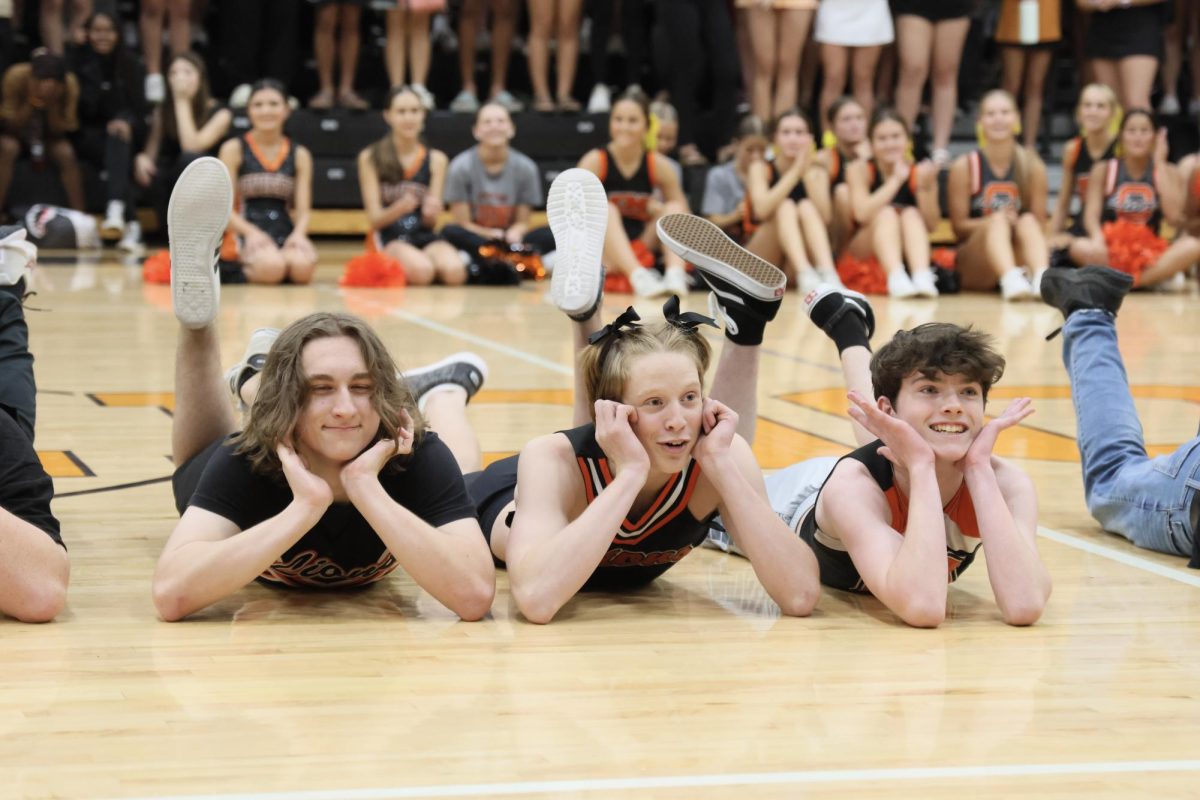
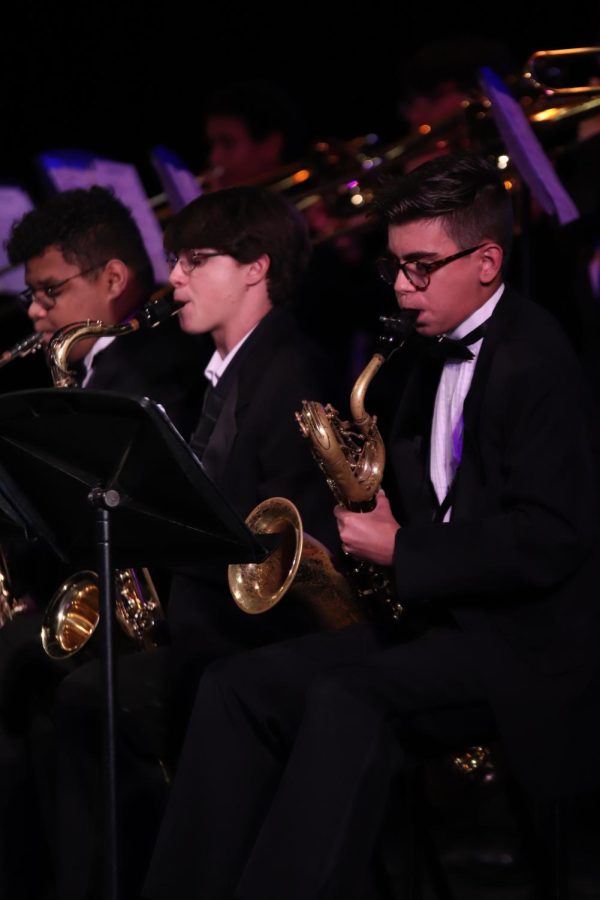
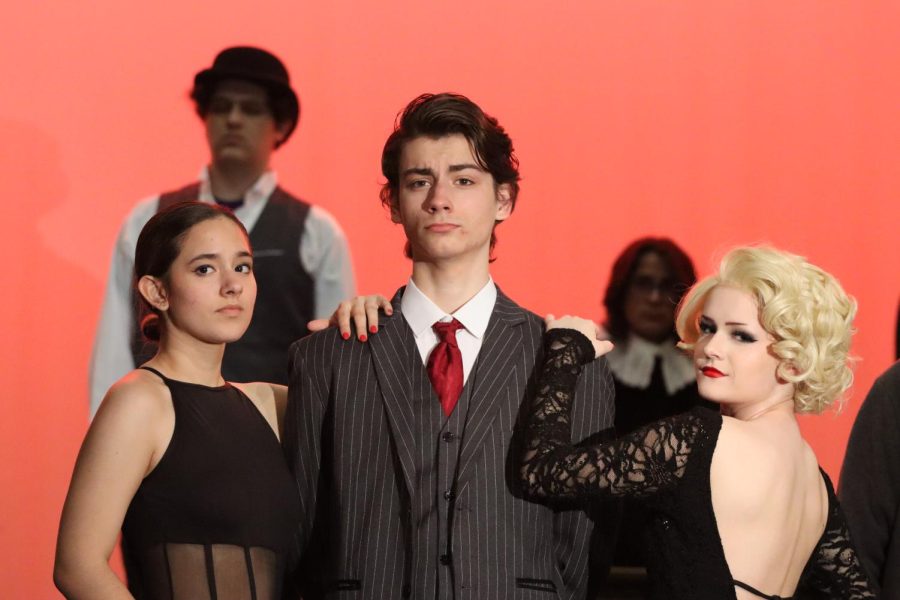
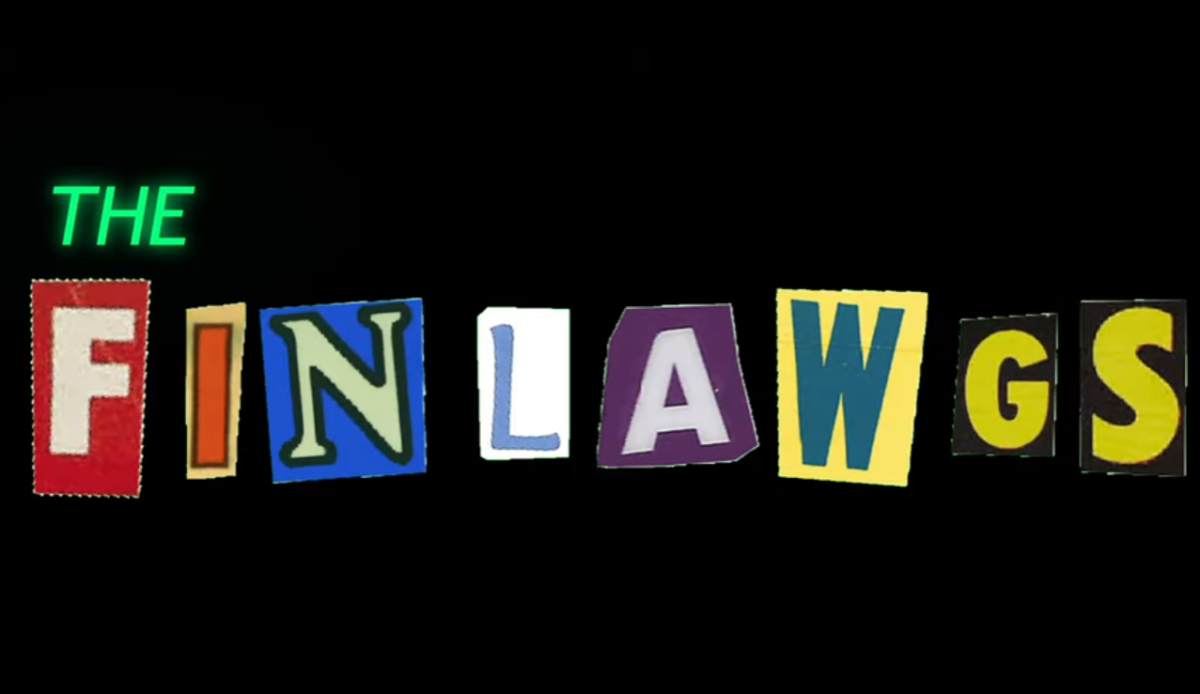
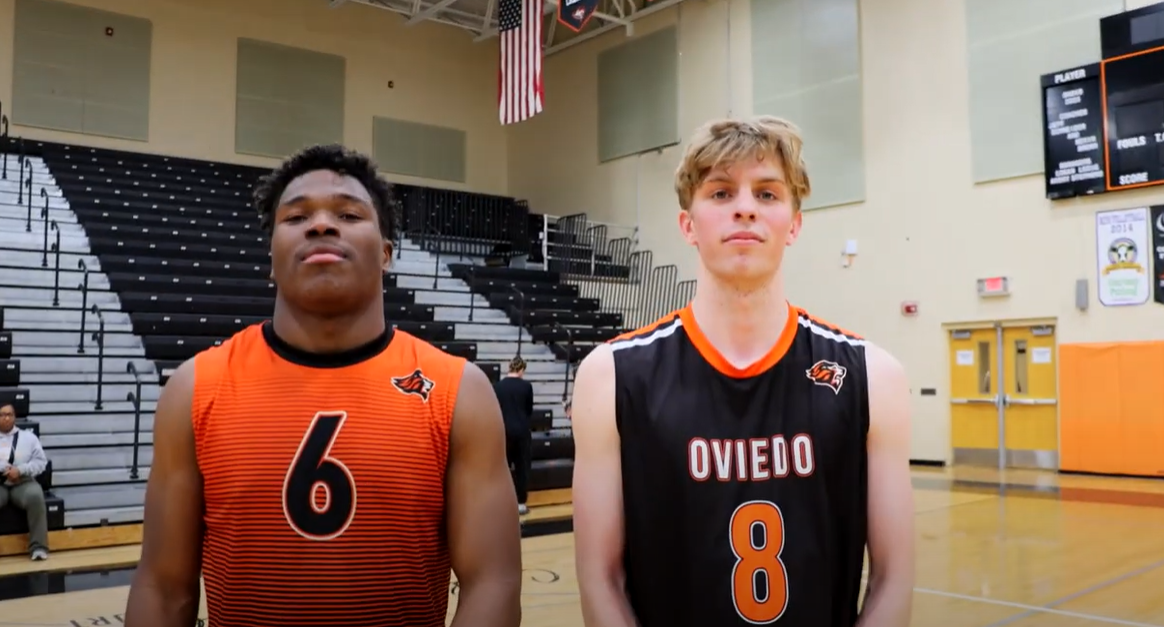
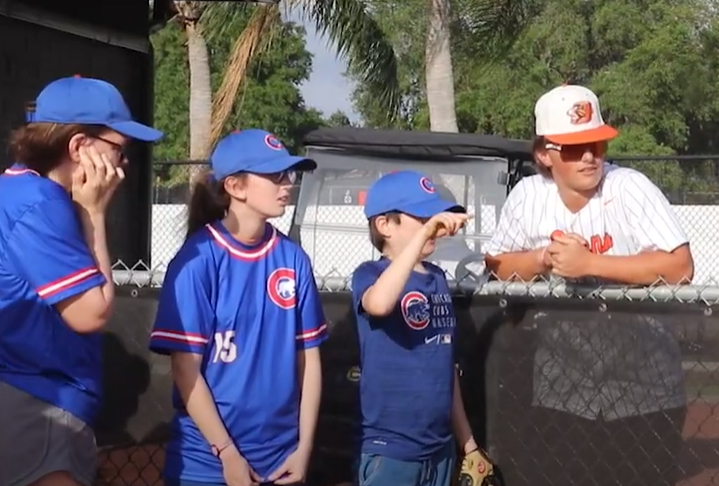

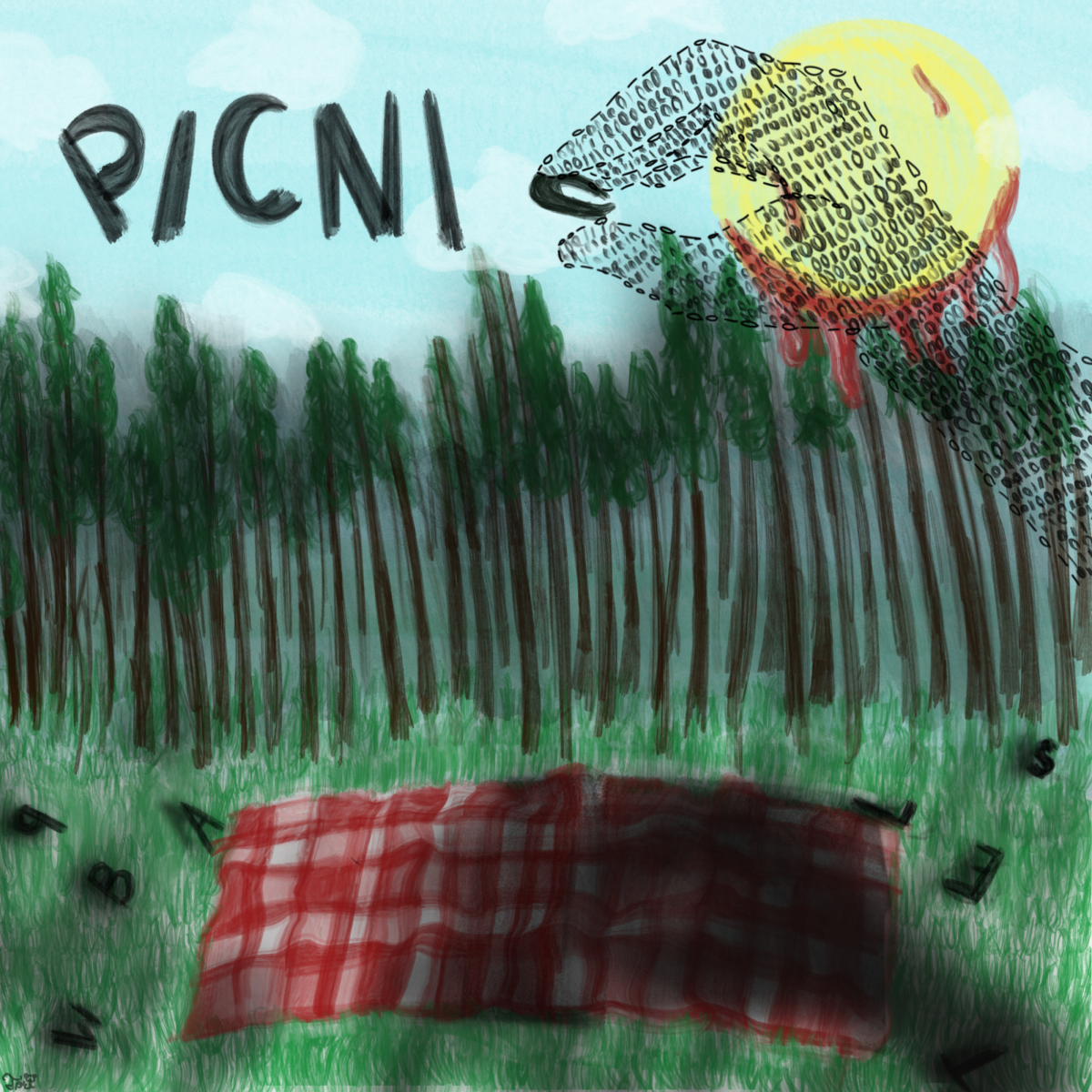
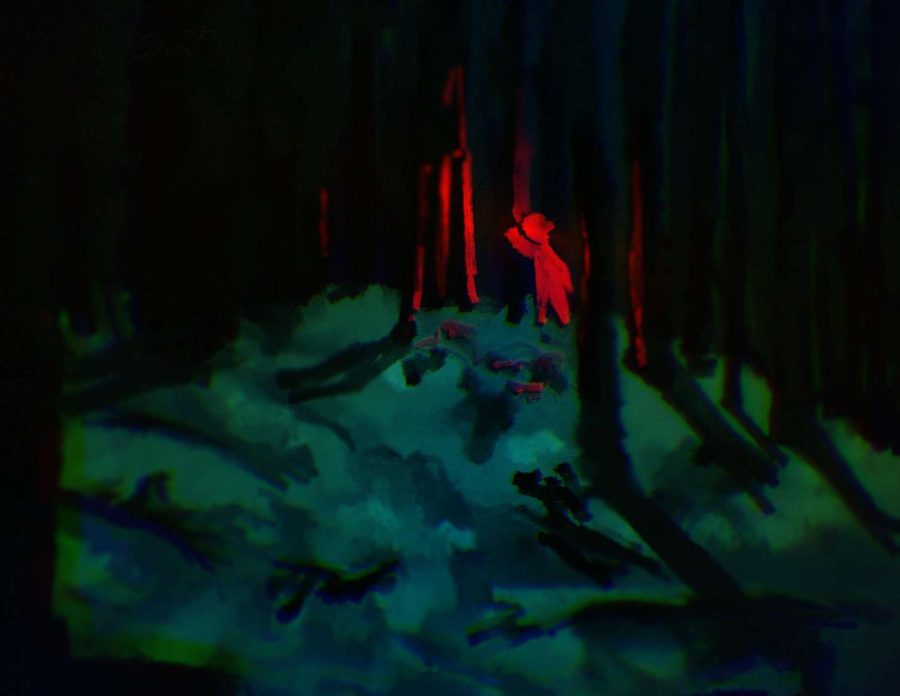


![President Natalia Almendarez helps a fellow club member tie a bracelet for Love Week. Almendarez believes in community and assuring everyone feels like a part of the school. "I really like the message that [BSU] stood by and I wanted to be a part of it," Almendarez said](https://oviedojournalism.com/wp-content/uploads/2025/02/unnamed-28.jpg)
